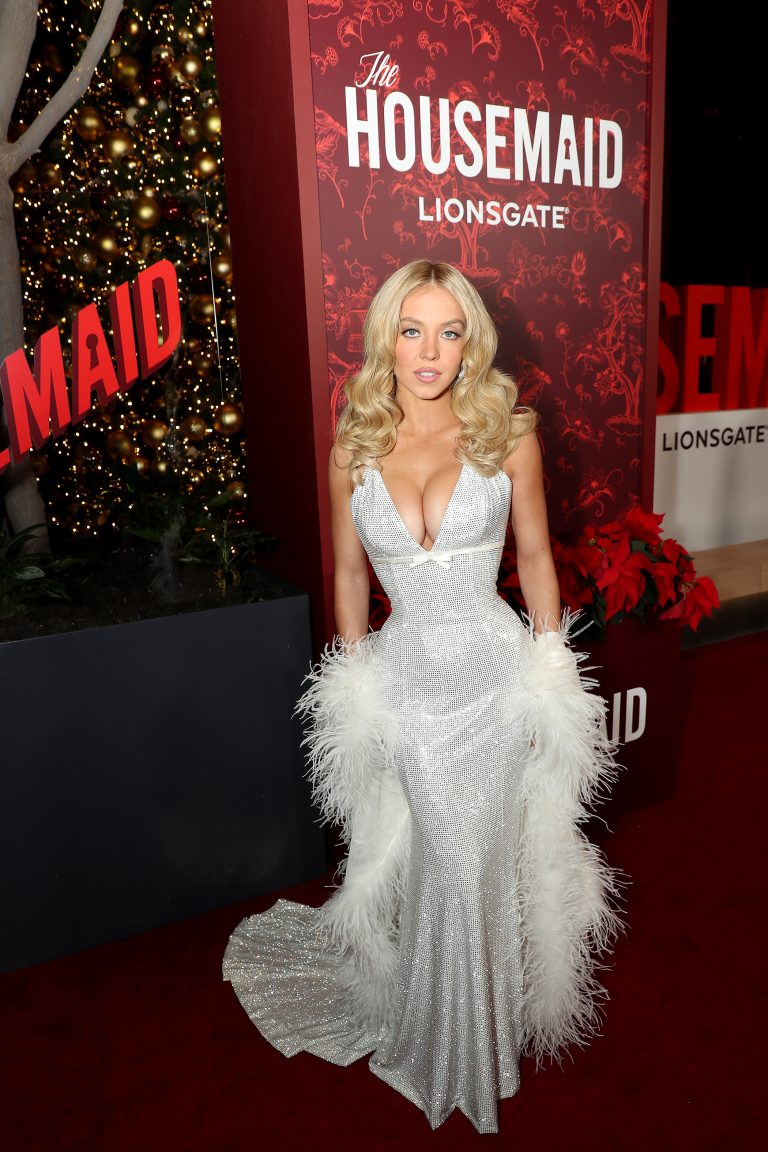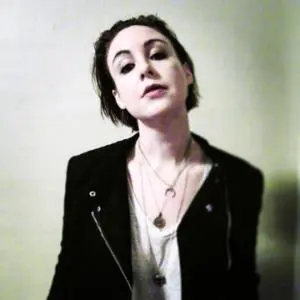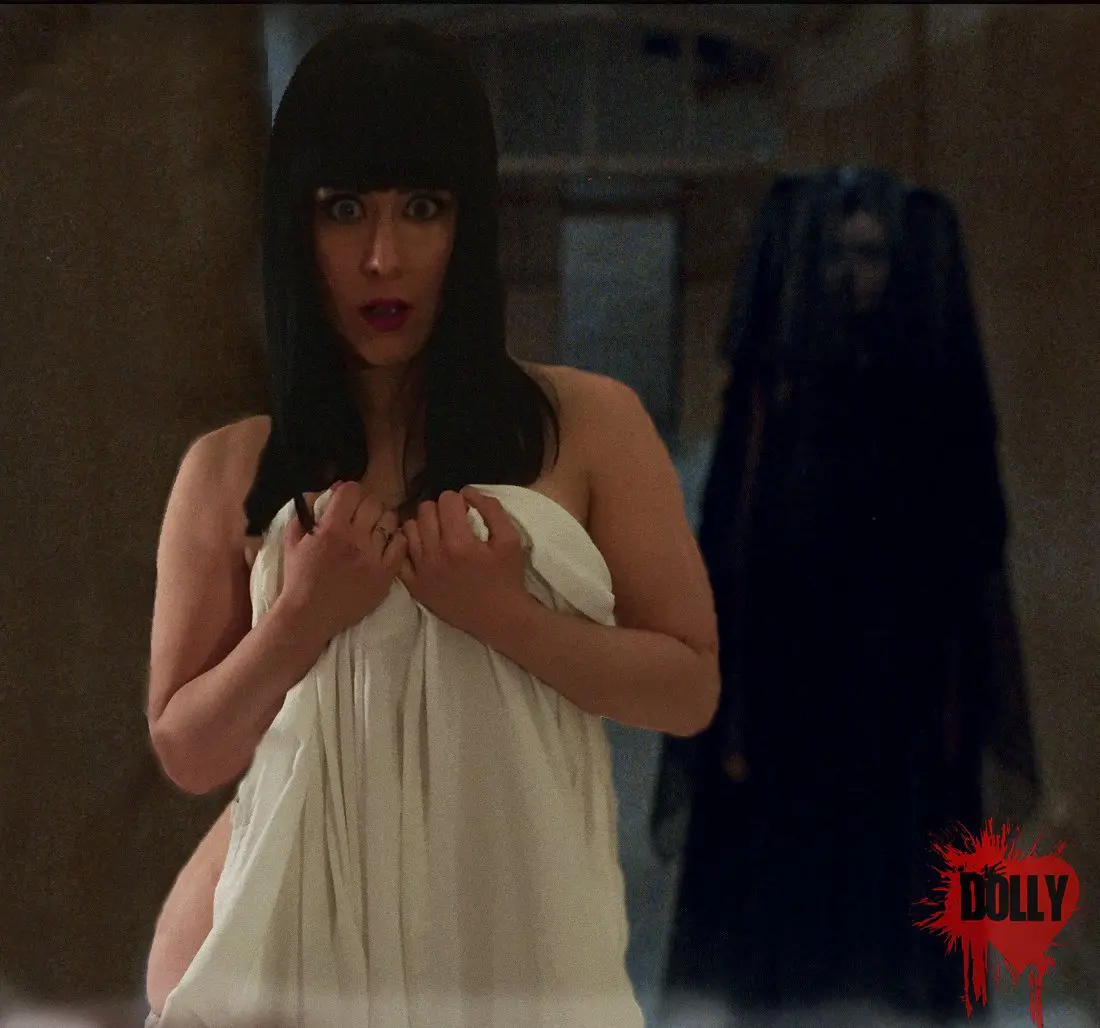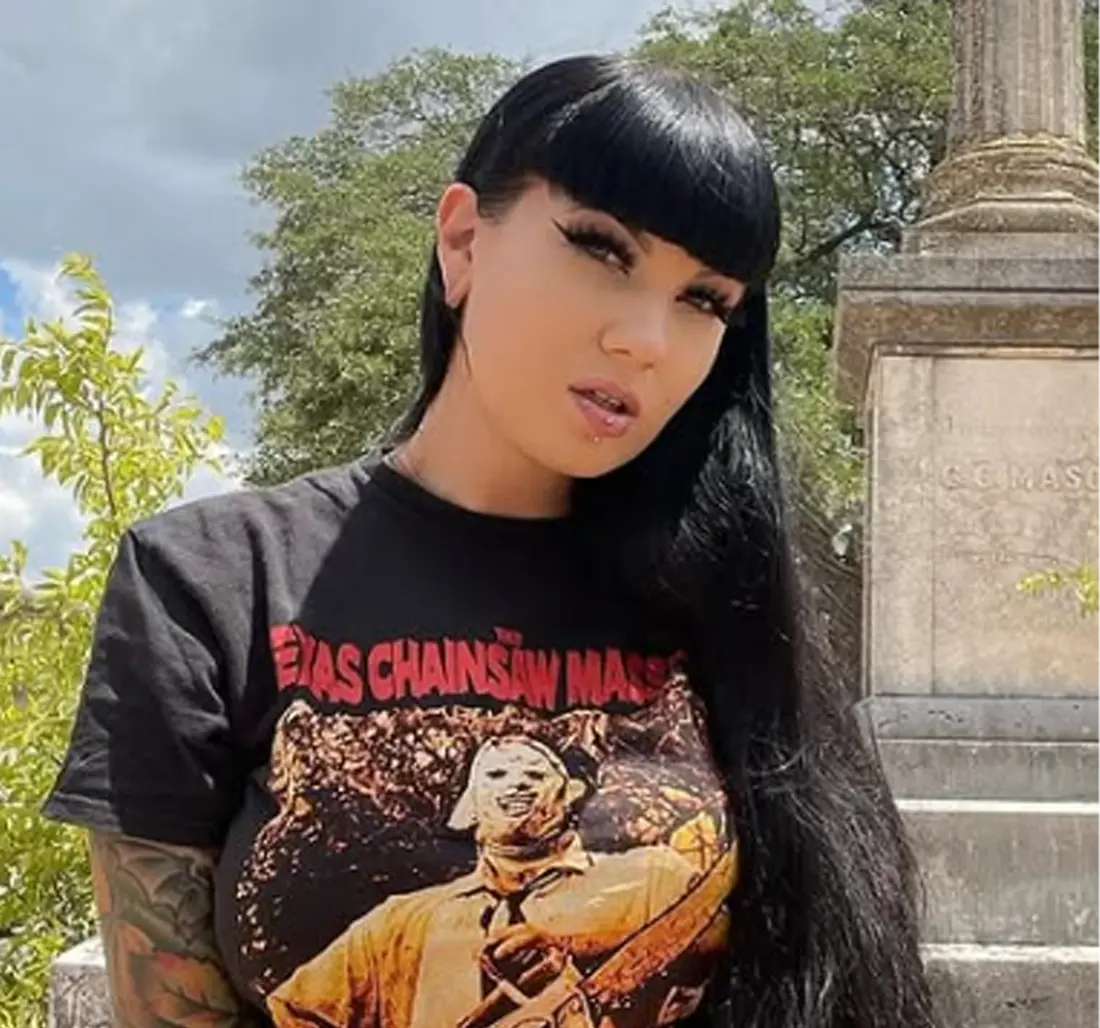
Your home for Horror and Cult Cinema
Sinful Celluloid is dedicated to retro horror and cult cinema, delivering reviews with style, attitude, and a love for the macabre. More than just a blog, it’s a home for the films, music, and culture that keep horror fandom alive. Its soundtrack rips through the Danzig-era Misfits, White Zombie, X, Marilyn Manson, The Cramps, and The Damned.
Who is Sinful Celluloid?
Horror • Metal • Outlaws • Questionable Behavior
Sinful Celluloid isn't just a name—it's an attitude. It's the gasoline-soaked spirit of midnight movies, biker flicks, and blood-spattered grindhouse reels that refused to play by the rules. Born from the mind of Christopher M. Jimenez, it's the beating heart of outlaw cinema, where horror meets rock n' roll and rebellion bleeds through every frame.
Read MoreSupport the Sinful Celluloid Podcast & Merch Store
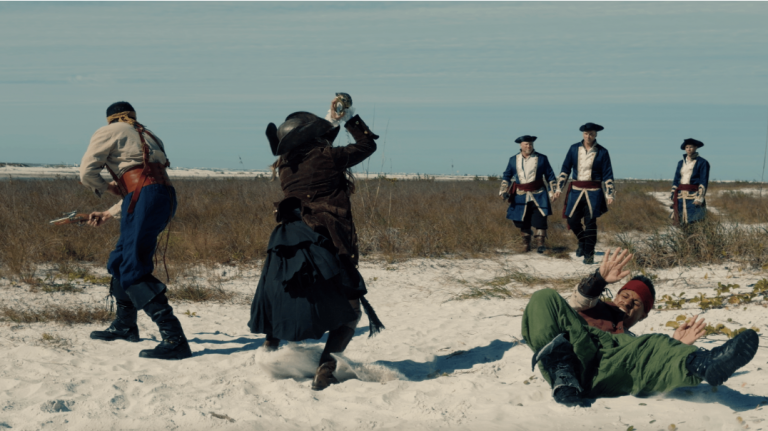
Filming Has Officially Begun on ‘Key of Bones: Curse of the Ghost Pirate’
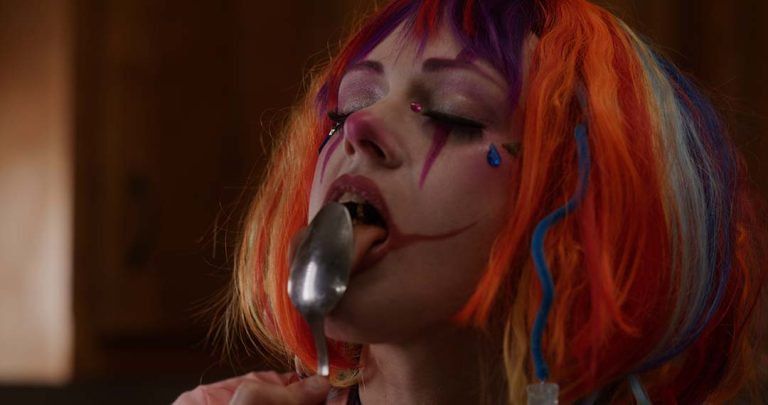
SUPER HAPPY FUN CLOWN NOW AVAILABLE ON BLOODSTREAM
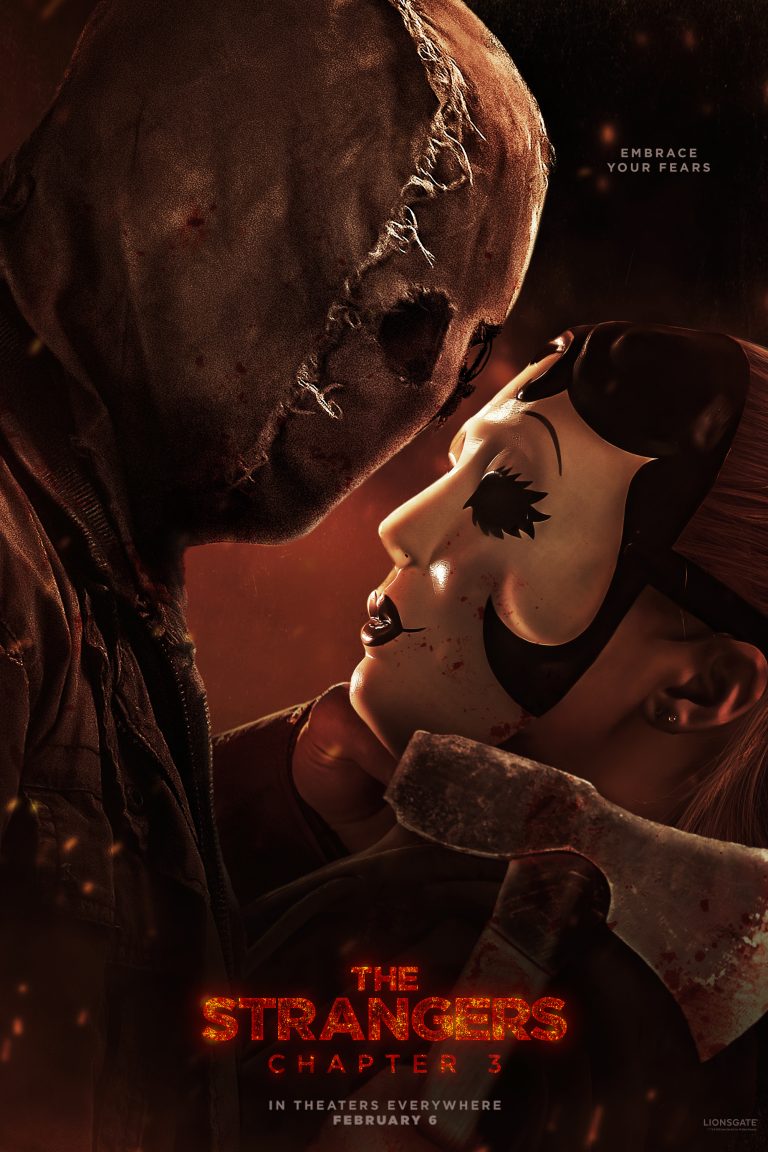
New Trailer And Poster Signal The Return Of THE STRANGERS CHAPTER 3
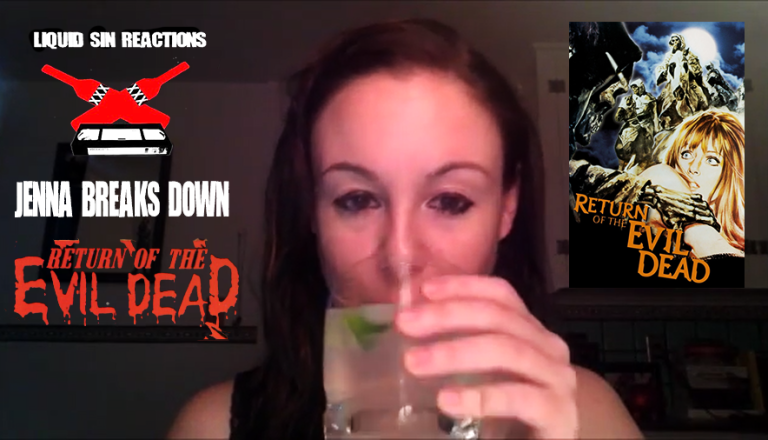
Liquid Sin Reactions: Jenna Breaks Down The Horror Of Return Of The Evil Dead
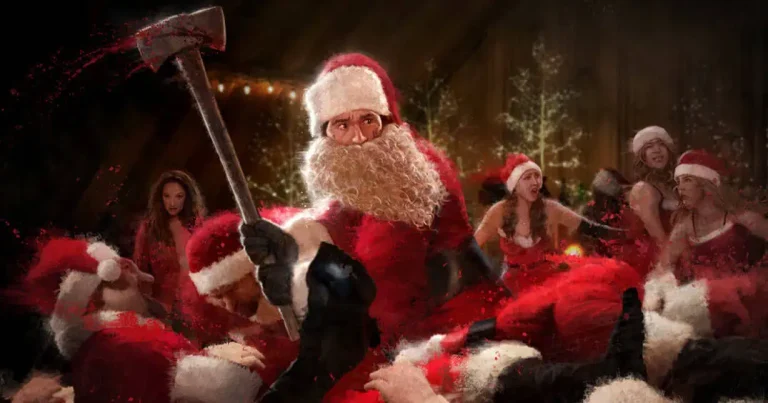
Santa Is Punishing Nazi's in New SILENT NIGHT, DEADLY NIGHT Clip
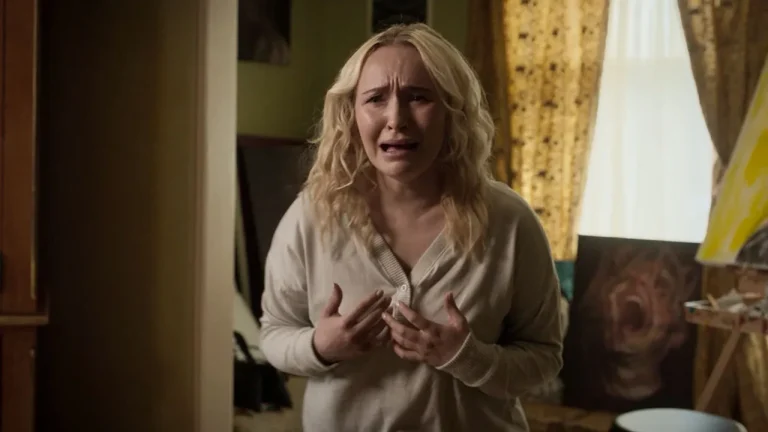
Check Out The Spooky Trailer For Hayden Panettiere's SLEEPWALKER
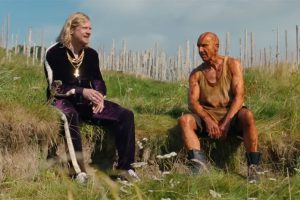
New Trailer For 28 YEARS LATER: THE BONE TEMPLE
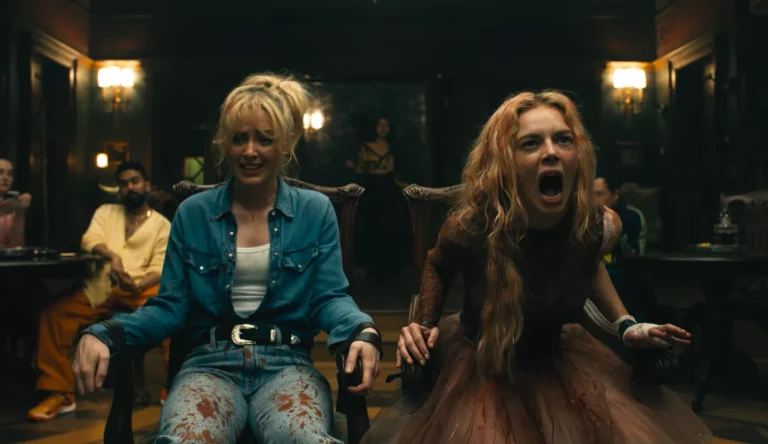
READY OR NOT 2: HERE I COME Delivers Its First Trailer!
